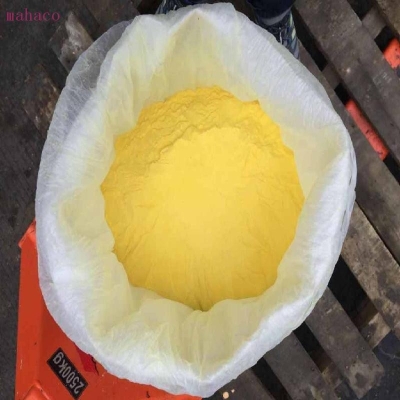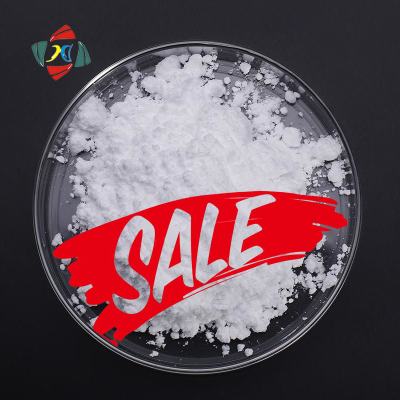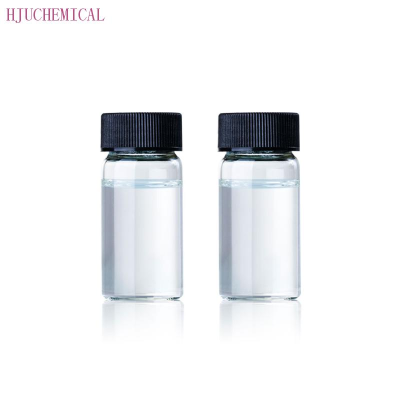-
Categories
-
Pharmaceutical Intermediates
-
Active Pharmaceutical Ingredients
-
Food Additives
- Industrial Coatings
- Agrochemicals
- Dyes and Pigments
- Surfactant
- Flavors and Fragrances
- Chemical Reagents
- Catalyst and Auxiliary
- Natural Products
- Inorganic Chemistry
-
Organic Chemistry
-
Biochemical Engineering
- Analytical Chemistry
- Cosmetic Ingredient
-
Pharmaceutical Intermediates
Promotion
ECHEMI Mall
Wholesale
Weekly Price
Exhibition
News
-
Trade Service
Recently, Canada released the "Regulations on the Recycling Contents of Certain Plastic Products" on the government's official website, soliciting opinions on the implementation of the recycled content of plastic products and the ratio of bio-based content to recycled content
.
Policy Background:
Policy Background:Currently, Canada's plastic economy is largely linear, meaning that most plastic products are landfilled, incinerated or littered into the environment at the end of a product's life, rather than being recycled into new products
.
Pollution prevention and service-oriented business models that avoid waste and extend product life through material reduction, reuse, repair, remanufacturing and refurbishment are important steps in the transition to a circular economy
The vast majority of plastic products on the market today are made from primary (virgin) resins derived from non-renewable fossil resources (oil, gas or coal)
.
The success of recycling in "closing the material loop" relies on the use of recycled plastics in the manufacture of new products
The main objective of the minimum recycled content requirement is to strengthen the market demand for recycled plastics
.
This, in turn, will put market pressure on increasing the collection, sorting and recycling of plastic waste
As part of Canada's plan to achieve zero plastic waste by 2030, the Canadian government will require plastic packaging in Canada to contain at least 50% recycled content by 2030
.
This target is supported by the Canadian Council of Environment Ministers, which approved a requirement to have a 50% recyclable content in plastic products by 2030 as part of the first phase of the Canada-wide Zero Plastic Waste Action Plan (if applicable)
Product Range:
Product Range:The ECCC recommends targeting packaging in the initial version of the proposed regulation
.
Packaging forms may include bottles, rigid, flexible and foam containers, films (eg, shrink wrap), and the like
Additionally, packaging regulations will have the greatest impact on the recycled resin market
.
Packaging is the largest single market for plastics, used by nearly all sectors of the economy, and the largest source of plastic waste
In addition to packaging, durable items such as litter boxes are also being considered to meet the proposed recycling content requirements
.
These projects have been identified by stakeholders as having good acceptance of recycled content and the ability to use lower quality recycled plastics that are more difficult to use in packaging applications
Proposed product range and timeline under consideration by the regulation:
Proposed product range and timeline under consideration by the regulation:Short-term (eg, 2025) and long-term (eg, 2030) requirements, with different percentage targets for each of the following categories: Beverage containers for carbonated and non-carbonated beverages, including water, soft drinks, and juice bottles (for direct food contact Non-bottled rigid containers and trays (except those in direct contact with food) for products such as motor oil, laundry detergent, cleaning products, shampoos and other personal care products Clam shells, jars, jars, trays, buckets, etc.
.
Used to hold products such as paints, plants, cleaning products, cosmetics, household items, electronics, appliances, sports equipment, and toys, foam packaging (except those in direct contact with food), trays, containers, and protective packaging
Does not include:
Does not include:1.
Primary food packaging
Primary food packaging
The limited supply of food-grade recycled resins is a significant challenge in meeting the mandatory recycling requirements for many types of food packaging Footnote 5.
Therefore, the ECCC recommends that primary (direct contact) food packaging be excluded from the regulation at this time, with the exception of beverage containers
.
The ECCC intends to develop tools and methods to increase the recyclable content in these applications, which may include future regulation
.
2.
Product application exclusion
Product application exclusion
The ECCC also considers excluding product applications from the scope of the regulation when:
Other legal requirements do not allow the use of recycled content in products
The use of recycled content in products may pose risks to human health or the environment
The ECCC is seeking comments on the following product applications for proposed exclusion from the Regulations based on these standards
.
The ECCC also welcomes comments on whether there are other circumstances that might justify exclusions
.
Pharmaceuticals and Medical Devices
Hazardous goods and waste
3.
Reusable packaging
Reusable packaging
The ECCC welcomes comments on whether the regulations should set different requirements for certain types of reusable packaging to incentivize companies to increase their use of reusable packaging relative to single-use packaging
.
Life cycle analysis studies show that reusable or refillable containers generally have a higher upstream environmental impact than single-use items (their production has a greater impact as they may contain more material, are more difficult to manufacture, etc.
), but Their overall impact on each item is low when used multiple times or when end-of-life management is taken into account
.
4.
Bio-based plastics
Bio-based plastics
Bio-based plastics are made from renewable resources such as plants or other biomass, including waste by-products
.
Therefore, they can reduce the use of traditional fossil-based primary resins
.
Bio-based plastics can be compostable or "as-is," meaning they are chemically identical to conventional plastics (eg, bio-polyethylene)
.
Bio-based plastics currently represent a small but growing portion of plastics used in Canada and globally
.
They are currently more expensive to manufacture than fossil plastics
.
Unlike compostable plastics, embedded bioplastics are compatible with the use of recycled resins
.
Bio-based embedded plastic options under consideration to meet regulatory requirements include:
Limited exemption
.
Under this option, products made entirely from bio-based plastics will not be subject to recycled content requirements
.
This can be done in the regulation itself or through a licensing process
.
Recycle content is equivalent
.
Under this option, the bio-based plastic content will be considered a recycled content equivalent to a percentage of the total required quantity or total
.
No Exemption: Bio-based plastic products need to meet the same recycled content requirements as products made from fossil plastics
.
UK packing duty
UK packing dutyOctober 2020 England bans the supply of plastic straws This includes restricting the supply of single-use plastic straws, stirrers and cotton swabs
.
Other efforts to reduce single-use plastic include a 10p fee on tote bags, which was increased from 5p following the success of the initiative
.
Defra Affairs will also introduce a plastic packaging tax of £200 per tonne from April 2022 on plastic packaging that does not meet the minimum threshold of at least 30% recycled content
.
This aims to encourage greater use of recycled plastics, thereby increasing the level of recycling and plastic waste collection
.
The fundamental of controlling plastic pollution is to reduce and prevent plastic waste from leaking into the environment.
The recyclable design of plastic products/packages is the starting point for controlling plastic pollution! Join the "Recyclable and Recyclable Design" group friend address book, register the "Plastic Recycling and Recycling Gang" applet to join the group, and discuss hot topics of industry development together!
At present, the association has begun to evaluate the recyclable design of domestic plastic products.
If you are interested, please consult the staff
.
As Paolo Glerean, head of RecyClass, said: "If plastic is to be recycled, the entire industry needs to be on the same page!"







